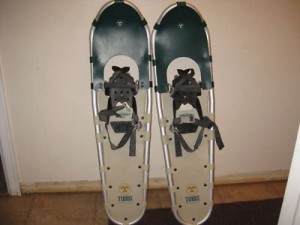Imbolc Waning Bridget Moon
Some people like NASCAR, others quilting, some the middle ages, some middle age. Tastes and attractions vary for often indiscernible reasons. Me, I like religions. Most of them anyhow. Islam, Judaism, Christianity, Hinduism, Zoroastrianism, Shinto, Taoism, Celtic Faery Faith, ancient Greek, Roman and Egyptian, Voodoo, Native American, Mayan, Aztec, Hawai’ian, Tibetan Buddhism, Jain. Buddhism, except for its practices like meditation, mindfulness, some how doesn’t attract me. Don’t know why.
A part of me, a strong, even dominant part never left the young boy stage where why came out at every instance of anything. Why do birds sing? Why do dogs die? Why is the sky blue? Why is Dad grumpy? Why did you make noise last night, Mom?
Philosophy suited me, fit me like a bespoke suit straight from Saville Row. What is beauty? Why do we love? What is justice? What is the nature of reality? What is reality anyhow?
Religion is often a folk way of asking–and answering–these same questions.
Let me give you an example from breakfast. I just experienced transubstantiation. The folks who run the monastery think that happens at the eucharist as the wine and wafer transform themselves into the actual body and blood of Jesus. I”m not sure about that. But, I do know that this morning I ate an apple, a slice of bread with peanut butter and drank some tea. They became me.
No. I’m not saying I’m Jesus, far from it. I am saying that the apple, the peanut butter, the bread and the tea did transform, through the miracle of my digestive tract and its millions, billions, of host organisms, into me. Think about it. After the big bang and the gradual cooling of the universe, gas clouds gathered, due to gravity and created stars from the initial elements, thinks like hydrogen, iron. The stars themselves, in their fusion furnaces, then combined and transformed those basic elements into the familiar elements making up the periodic table.
Later still, as the gas clouds and chunks of matter surrounding each star coalesced those elements deposited themselves inside and on the newly born planets, comets and asteroids. Those same elements, the very same elements, then, through more eons, at least here on earth, combined and recombined to form simple organisms like single celled animals and plants. Long after that those simple organisms combined to form multi-celled life forms, among them humans.
This morning I–consider that I–the end point of a certain historic chain of events traceable to the creation of the universe ate. In eating I took in the products of other organisms, the apple which grew in the air on a tree, wheat which grew in fields across these very plains and peanuts which grew beneath the soil. I also drank water, the same water present on earth for eons, perhaps the same water drunk by dinosaurs.
And it is, even now, as I write, becoming me. The apple, the wheat, the peanut are also, like me, the end point of a traceable (if we had the instruments and skill) chain from the moment before time until now. So we recombine, sift and shift elements. A miracle.

 print I did not. Can’t imagine what it could have been though it looked like bear to me.
print I did not. Can’t imagine what it could have been though it looked like bear to me.